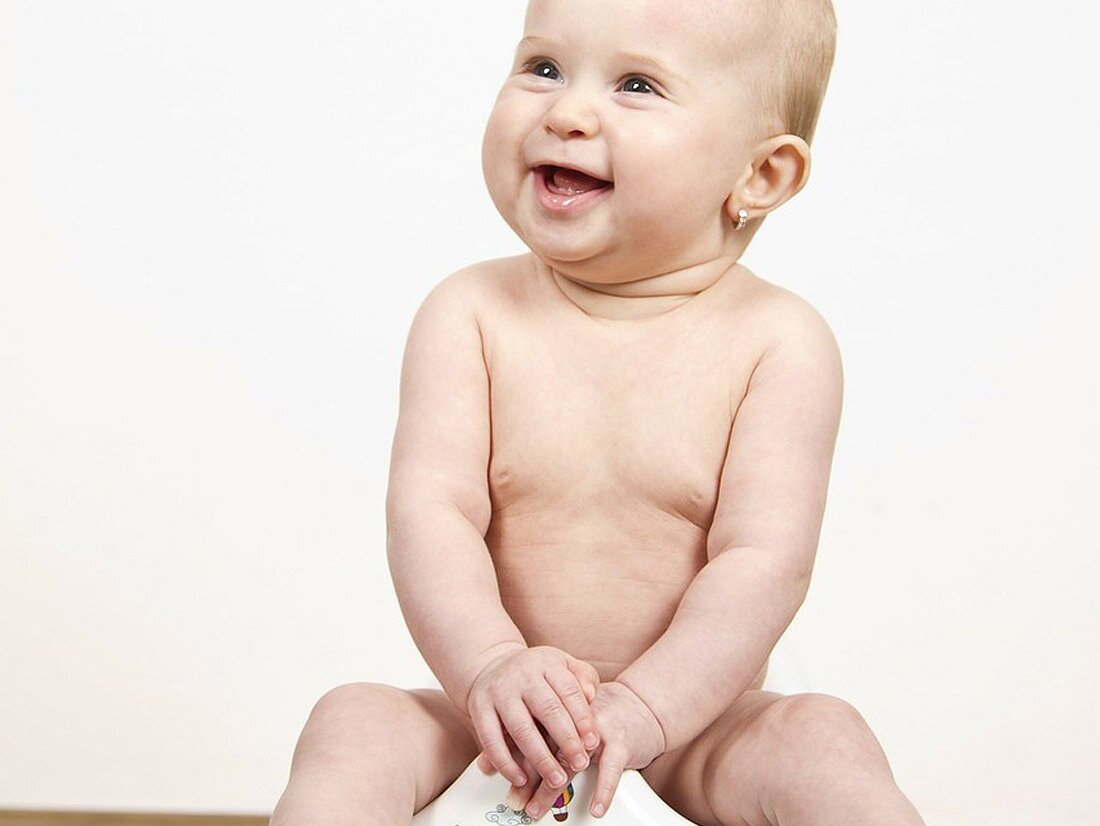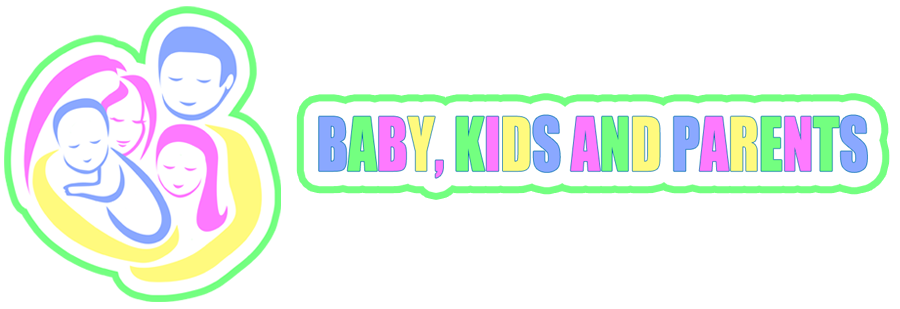
First of all: The child must be ready! Don’t force it. Don’t even try if you have not met certain conditions. At the physiological level, the nervous system, which controls the sphincters, must be mature. Only then the child becomes aware of its ability to contract and relax the sphincter muscles. The maturity is not acquired before the age of 15 to 18 months. And it’s necessary a few more months until it all starts to function right. On average, children can’t start using the potty before the age of 20-26 months.
Signs of readiness for potty training can be divided in three groups: physical signs, behavioral signs and cognitive signs.
Physical signs include:
-
The child is coordinated enough to walk;
-
The child has dry periods of at least one or two hours;
-
The child has regular, well-formed bowel movements.
-
The child doesn’t poo during the night;
-
The child can pull its pants up and down.
Behavioral signs include:
-
The child don’t like the feeling of wearing dirty diaper;
-
Can sit down in one position for 5 minutes;
-
Wants to watch when others go to bathroom;
Cognitive signs include:
-
The child has words for going in the toilet;
-
Can understand instructions and questions like: Where is the potty?
-
Can tell you that he is having a wee or poo.
Be patient! Teaching a child to use the potty isn’t an overnight experience. The time it may take is often between 3-6 months.
First you need a potty chair. Get a potty chair your child can practice sitting on. At first, your child can sit on it clothed, then with a diaper, and when ready can go bare-bottomed. It is important not to make your child sit on the toilet against her or his will. Your child learns by watching you, so you must show your child how you sit on the toilet and explain what you are doing. At the same time you can also have your child sit on the potty.
At the beginning you can plan some interesting activities which will occupy your child, like puzzles, sticker books etc. Do this activities close to the potty, so they get comfortable being around it.
Another way is to put a few toys in a gift bag. Every time your child use the potty, let him or her pick one surprise out of the bag. Or, you can put child toys like teddy bears on the potty and explaining that they no need diapers because they use the potty.
Every child is different. Use your imagination to motivate him or her.
And just when you think things are going well, there is an accident. This is normal, accidents will happen for a while, so when your child does use the potty, let them know how pleased you are. When your child has an accident, try not to show your child you are frustrated. Sooner or later they will learn to use the potty. Show them you are ready to wait and be patient.
Good luck with the potty training!

